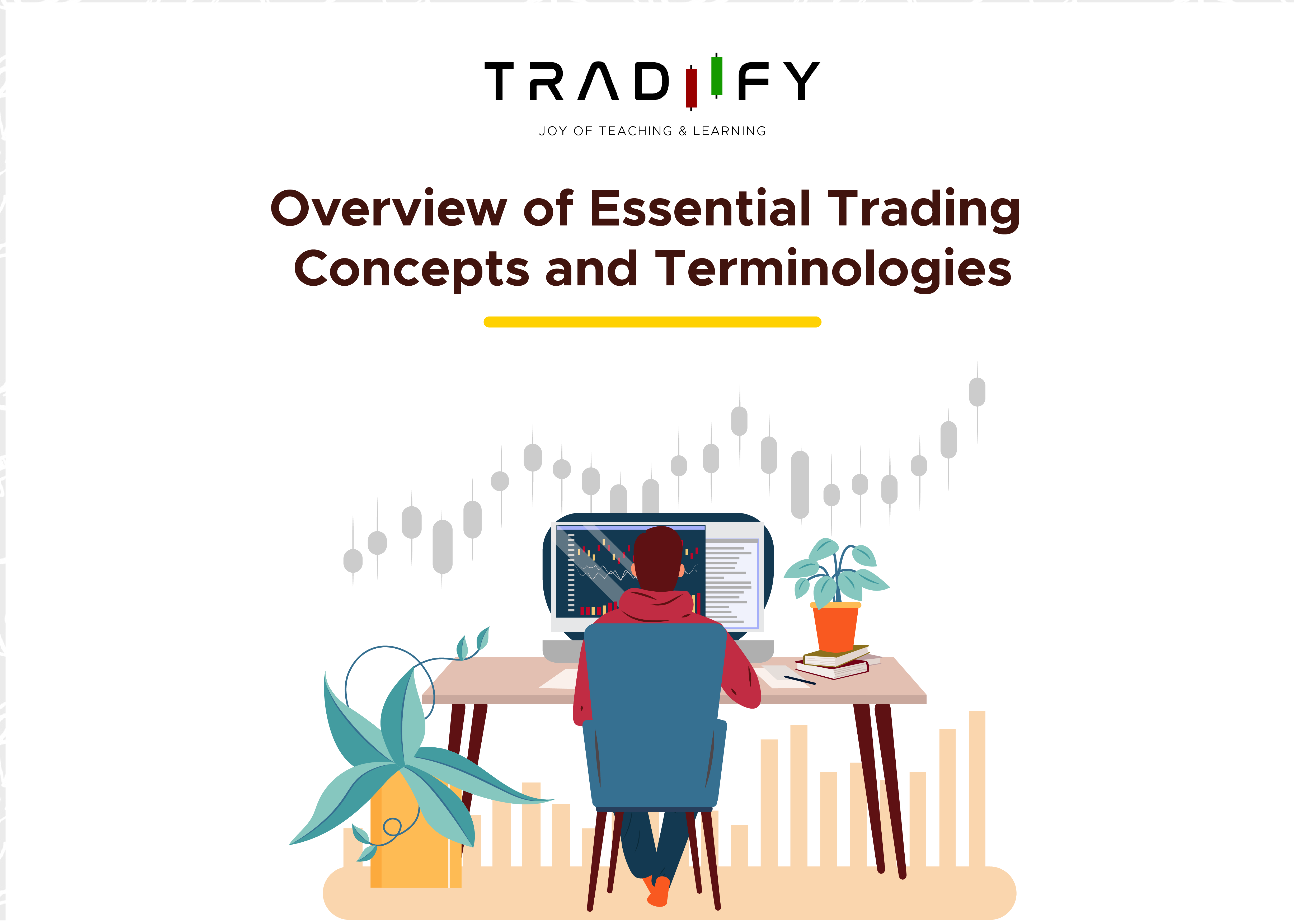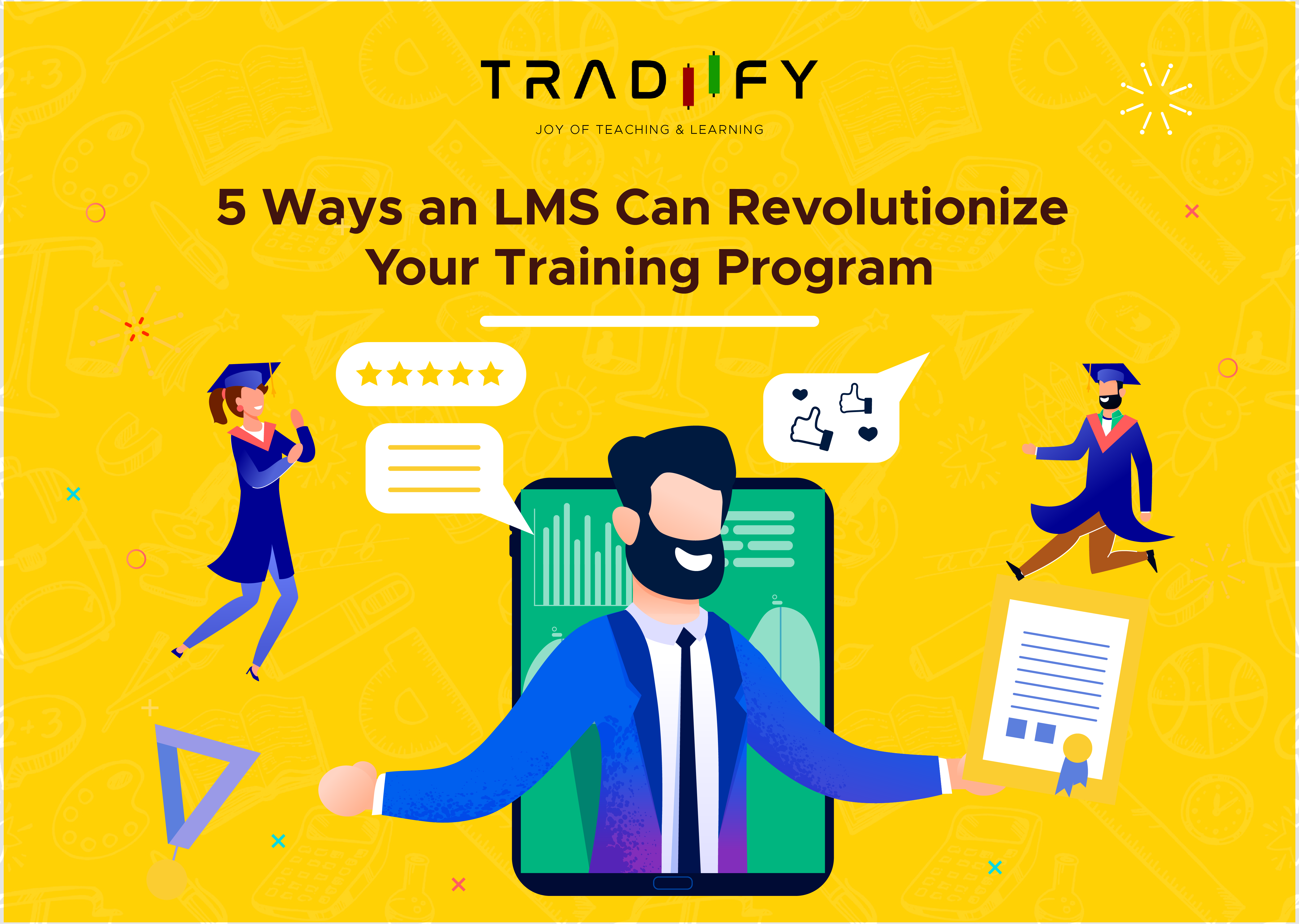Understanding the Cashflow Quadrant: Your Roadmap to Financial Freedom
Do you ever feel like you’re working super hard, but the money just slips through your fingers? Or maybe you’ve wondered how some people seem to make money even when they’re on vacation?
Well, you’re not alone. A lot of us feel stuck because we don’t really understand how money works—how it’s earned, grown, and multiplied. That’s where Robert Kiyosaki’s Cashflow Quadrant comes in. Don’t worry, it’s not as fancy or complicated as it sounds. Think of it as a map that shows you where you are in your financial journey and where you could be if you want more freedom.
Let’s break it down, simple and real, with stories and examples you’ll relate to. Maybe even smile a little.
What’s the Cashflow Quadrant?
Imagine a big "+" sign dividing a piece of paper into four boxes. Each box represents a different way of earning money. Here's how it looks:
- E – Employee: You work for someone else, like a regular 9-to-5 job.
- S – Self-employed: You work for yourself, like freelancers or small business owners.
- B – Business Owner: You own a business that runs even if you’re not there.
- I – Investor: You make money work for you—stocks, real estate, or mutual funds.
Here’s the catch: The left side (Employee and Self-employed) is where most of us start. But the magic happens on the right side (Business Owner and Investor), where you build wealth and freedom.
Let’s Make It Real: A Tale of Four Friends
Meet my imaginary friends: Ramesh, Neha, Vikram, and Aditi. They’re just like you and me, figuring out life and money.
Ramesh (The Employee)
Ramesh is an IT guy. He earns ₹12 lakhs a year, and his job gives him security—steady salary, bonuses, and health insurance. But here’s the thing: if Ramesh loses his job, his income stops. Plus, taxes eat up a chunk of his paycheck.Does this sound familiar? Most people, like Ramesh, are employees. It’s stable, but your time equals your money. No work, no pay.
Neha (The Self-employed)
Neha is a photographer. She left her corporate job to follow her passion. She earns more than Ramesh—₹15 lakhs a year—but it’s exhausting. Weddings, events, endless editing… Neha realizes that if she takes a break, her income stops too.Seen this happen? Self-employment gives freedom but also ties your time to your money. It’s like being your own boss and your own employee at the same time.
Vikram (The Business Owner)
Vikram runs a small but successful bakery. He started solo, baking cakes and delivering them himself. Today, he has five employees, and his business earns ₹25 lakhs a year. Even if Vikram goes on vacation, the bakery keeps running.Dreaming of this life? Business owners build systems—like teams, franchises, or online stores—that don’t rely on their presence 24/7. This quadrant is about leverage, not just hard work.
Aditi (The Investor)
Aditi started small, investing ₹2,000 a month in mutual funds while working her 9-to-5 job. Over time, she bought a small flat that she rents out. Now her investments bring in ₹10 lakhs annually—money she earns without lifting a finger.Who wouldn’t want this? Aditi has moved to the Investor quadrant, where your money earns for you. It’s financial freedom at its best.
Which Quadrant Are You In?
Let’s pause for a moment. Think about where you fit: Are you like Ramesh, working hard as an employee? Or maybe like Neha, juggling clients as a self-employed professional?
Here’s the good news: you can shift from one quadrant to another. You don’t have to quit your job or start with crores. Small, steady steps can take you to the right side—where financial freedom lives.
How Do You Make the Shift?
Let’s get practical. Here’s how you can start moving toward the right side of the quadrant:
Start Investing Today
Even if it’s ₹500 a month in an SIP, start somewhere. Over time, it grows—thanks to something magical called compound interest.Think Like a Business Owner
Love baking? Start selling cakes online. Have a knack for teaching? Launch an online course. Businesses don’t have to be massive—they just need systems that grow without you.Educate Yourself
Read books like Rich Dad Poor Dad or follow YouTube channels that teach financial literacy. The more you learn, the easier it gets.
Some Eye-Opening Stats
- Investors are rare in India: Only 3% of Indians invest in the stock market, compared to 55% in the U.S. (Source: SEBI).
- Businesses build wealth: While 80% of India’s workforce is employed, just 5% own businesses that generate 80% of wealth globally.
Final Thoughts: Your Journey, Your Choice
The Cashflow Quadrant isn’t about judging where you are—it’s about giving you options. Maybe you love the stability of a job, or maybe you dream of living like Aditi, where your investments pay for your lifestyle.
The question is, where do you want to go?
Take small steps. Open that SIP. Start that side hustle. Invest in learning. Five years from now, you’ll look back and realize that every little decision added up to something big.
So, are you ready to shift gears and take charge of your financial future? The best time to start was yesterday. The second-best time is today. 🌟
Comments (0)
Categories
Recent posts


Getting Started with Tradiify LMS: A ...
1 Aug 2024
5 Ways an LMS Can Revolutionize Your ...
1 Aug 2024.jpg)
How Tradiify LMS Supports Continuous ...
1 Aug 2024




